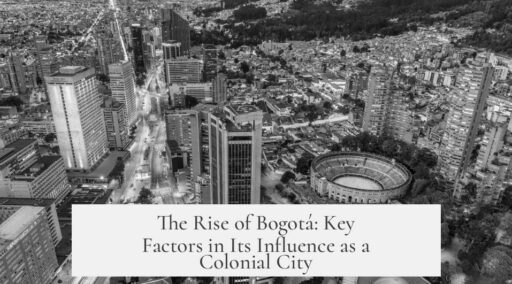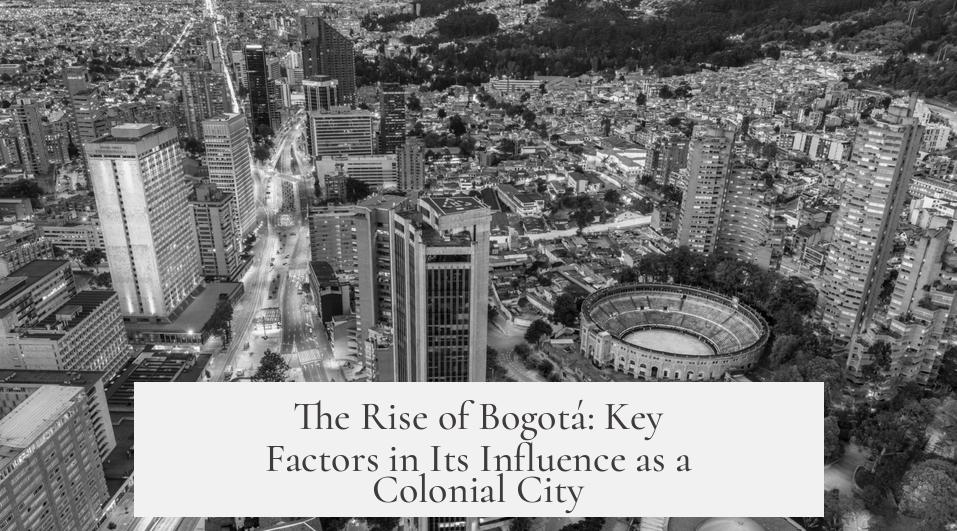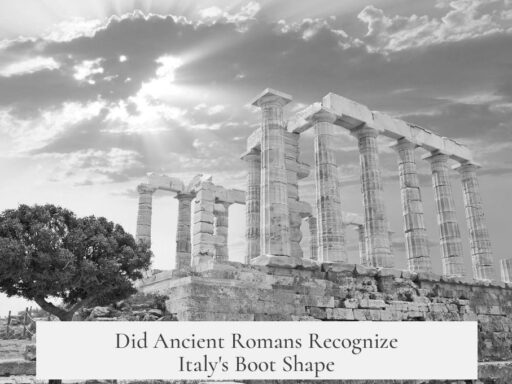Bogotá, Colombia becomes one of the most influential colonial cities in South America despite its perceived inaccessibility due to its strategic foundation on a major indigenous settlement, advantageous geography, important connectivity routes, and central political role in the formation of Gran Colombia.
The city arises from one of the largest Muisca indigenous settlements. The Muisca controlled a vast territory comparable in size to the Roman Republic. This gives Spanish settlers immediate access to a large population, reducing the need for importing slaves. Existing roads and population centers provide established infrastructure, simplifying colonial urban development.
Geographically, Bogotá is situated on a large plateau with a mild climate averaging around 62°F. Its environment contrasts with dense tropical jungles, featuring less vegetation and fewer tropical diseases or dangerous animals. This resource-rich area offers a safer and more comfortable setting for settlers, supporting sustainable growth.
Despite misconceptions of remoteness, Bogotá has important access routes. It connects to the eastern savannah leading to Venezuela, facilitating movement and trade. The city lies near the Magdalena River, a 1,500 km navigable waterway linking inland Colombia to key Caribbean ports like Santa Marta and Cartagena. Positioned on the western range of the Andes, Bogotá is also close to the main land crossing into Ecuador. These routes make Bogotá more accessible than often assumed.
Politically, Bogotá’s role as the capital of Gran Colombia highlights its centrality. It is chosen for its strategic location within the new republic formed after independence. This central positioning strengthens its influence across the region, attracting political power and administration functions.
| Factors | Contribution to Bogotá’s Influence |
|---|---|
| Foundation on Muisca Settlement | Large indigenous population and infrastructure facilitated early growth |
| Geographic Advantages | Resource-rich plateau, mild climate, fewer diseases, safer environment |
| Connectivity | Access via savannah to Venezuela, Magdalena River to Caribbean ports, Andean routes to Ecuador |
| Political Centrality | Chosen as capital of Gran Colombia for central location and influence |
While Bogotá is less accessible than coastal cities, its strategic advantages offset isolation. The indigenous legacy, environment, connectivity, and political role all contribute to its prominence.
- Founded on a large, organized indigenous Muisca settlement with existing infrastructure
- Located on a spacious, resource-rich plateau with a mild climate and fewer tropical hazards
- Linked to important trade routes including a major river and land connections to neighboring countries
- Serves as the political and administrative center of Gran Colombia due to central location




